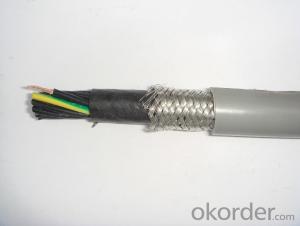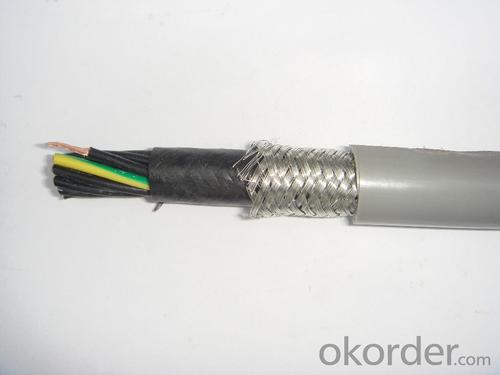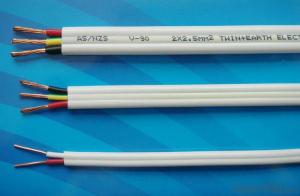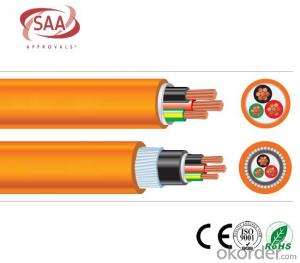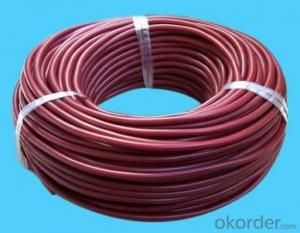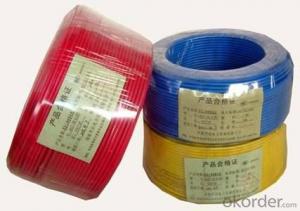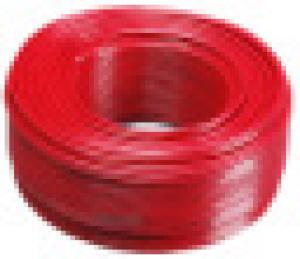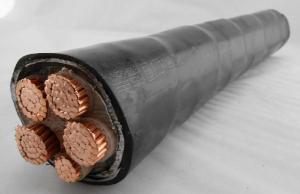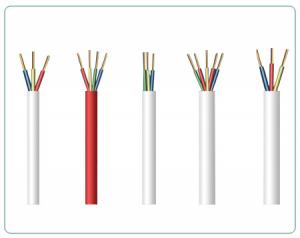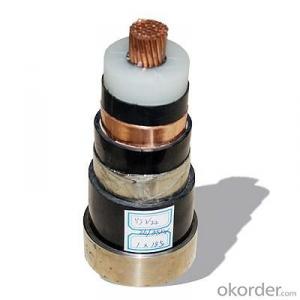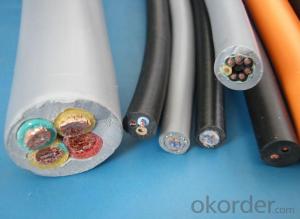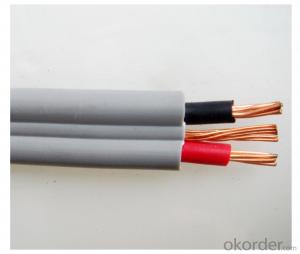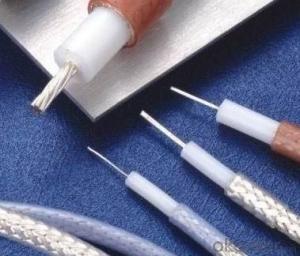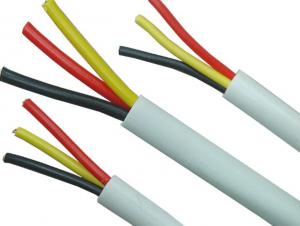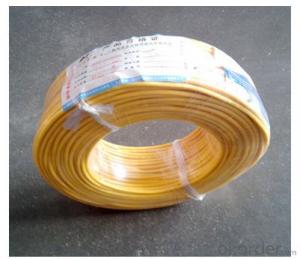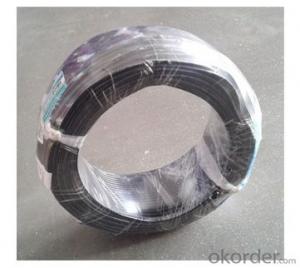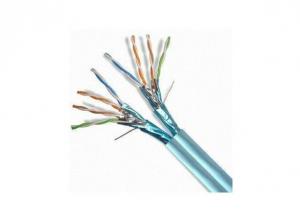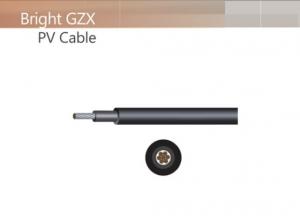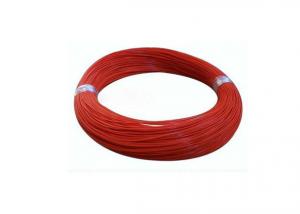PVC Insulated and Sheathed Flat Cable 300 /500V & 450/750V
- Loading Port:
- Shanghai
- Payment Terms:
- TT OR LC
- Min Order Qty:
- 600 m
- Supply Capability:
- 100000 m/month
OKorder Service Pledge
OKorder Financial Service
You Might Also Like
1. Product Description:
1. Wire - Copper core PVC insulated PVC sheathed flat cable is made in compliance with the national standard and have passed the CCC--China Compulsory Certification, which contains the recondition of national security certificate--CCEE. Imports of Safety and Quality Licensing System--CCIB. China Certification Electromagnetic Compatibility--EMC
2. Range of application: A.C rated voltage 300/500V
3. The permissible continuous operating temperature of wire shall not exceed 70 centigrade and the installation temperature of wire shall not be lower than -15 degree
2. Product Characteristic:
1. Main colors: sheath--white/black/grey; 2cores--red and black; 3cores--red, yellow and blue.
2. Minimum bending radius: Up to 10mm², 3 x overall diameter;10mm² to 25mm², 4 x overall diameter
3. The cable can be of flame retardance, fire resistance and other property
4. Remark: We are able to produce 2C, 2C+E, 3C & 3C+E by AS/NZS
3. Product Specification:
Type | H05VVH2-U, H07VVH2-R, H05VVH2-F, H05VVH4-U, H07VVH4-R, H05VVH4-F, BS6004 624*Y | |
Voltage Rate | 300/500V, 450/750V | |
Cores | 2C, 3C, 2C+E, 3C+E | |
Range of Nominal cross section: | 0.75 mm2 ~ 16 mm2 | |
Application | These cables are used for general purpose, as building wire for power, lighting and control wire to electrical appliances, suitable for use in conduit and for fixed, protected installation. | |
Standard | IEC60227, BS6004, GB/T5023, JB/T8734 | |
Constructions | Conductor: Class 1/2 annealed bare copper solid or strands Insulation: PVC Sheath: PVC Core color: White, Grey or others on request | |
Max. Operating Temperature | 70℃, can be90℃ and 110℃ as per requirement | |
4. Reference Picture:
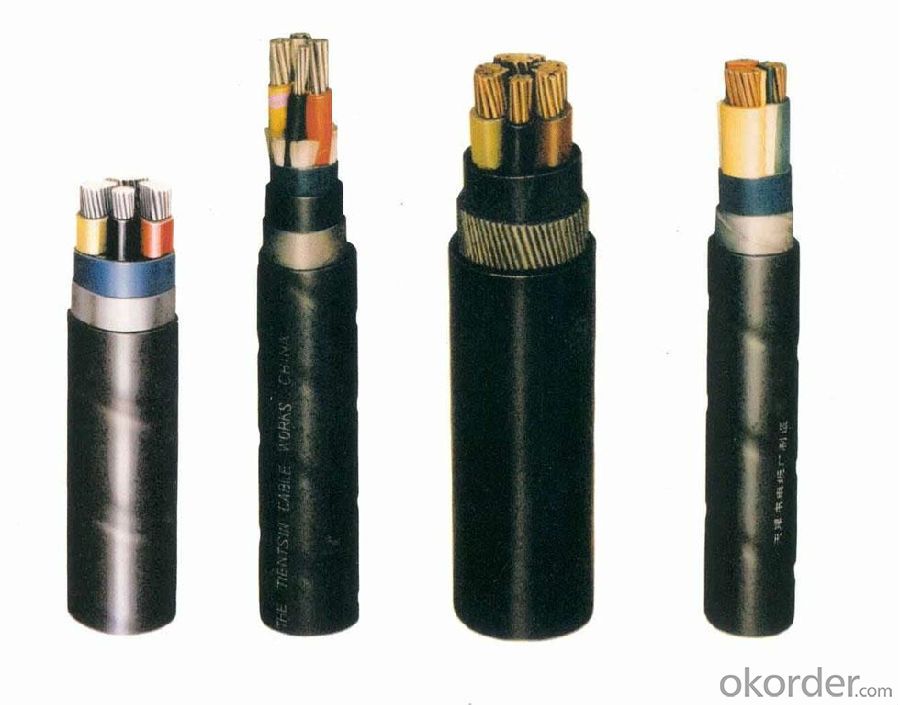
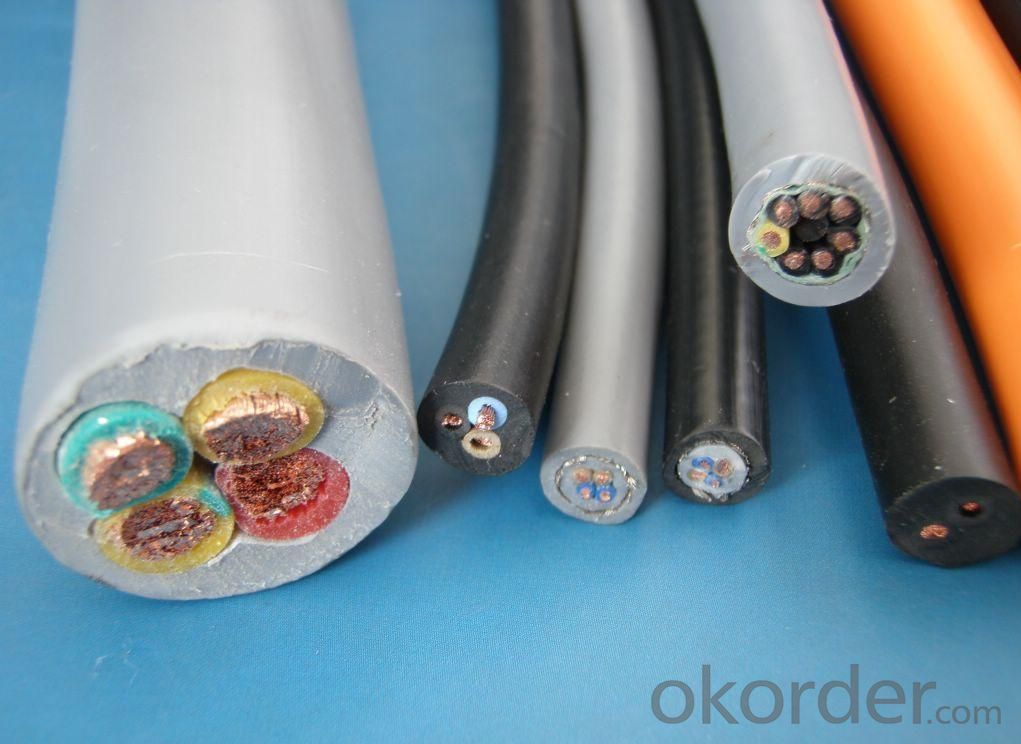
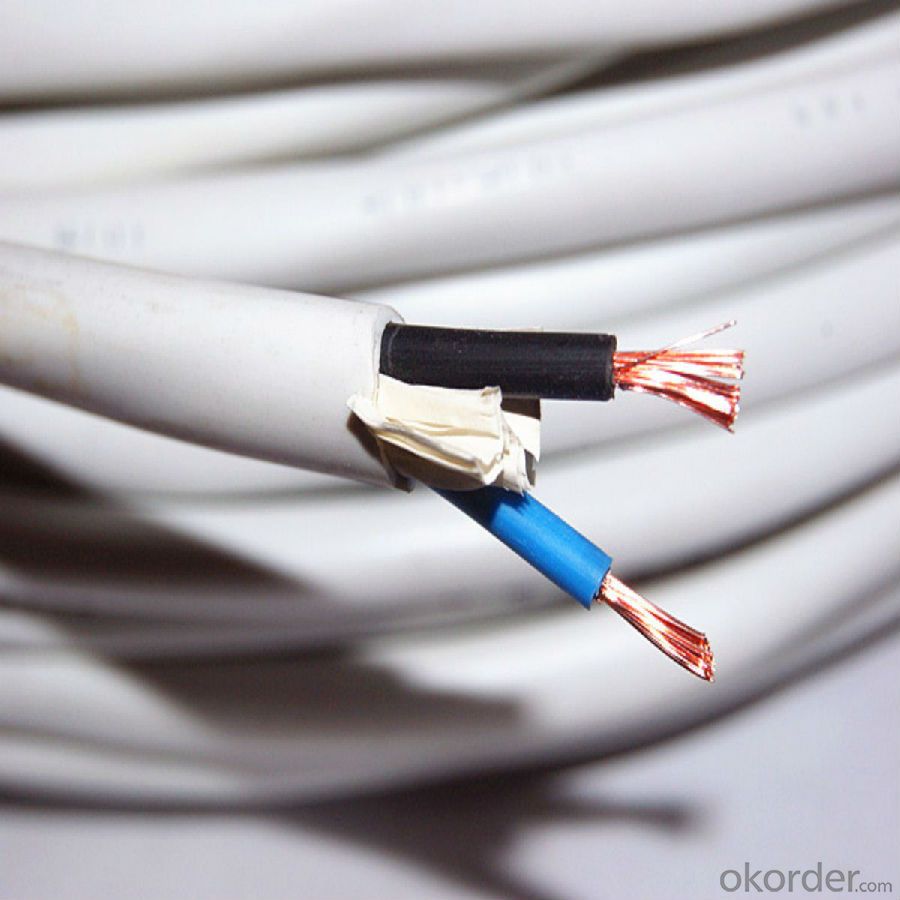
- Q: Got the door all taken off the hinges. Now I'm stuck on how to get the electric stuff unplugged. I can kind of see how to unplug it, but it's down a hole and I'm afraid I won't be able to reconnect the new wiring on the new door. Help please?
- All connections must be unplugged at the sourceie, window motor, lock solenoid, etc. Then the wiring harness is fed thru the door shell. You should be able to reach in the doorAfter the the wind gasket has been removed. And disconnect them by hand. If you need to use tools!!! I suggest a very small blade screwdriver. And every plug in the door is plastic. and brittle. Good luck.
- Q: Can anyone help me out! Does it have any ruled for electrical wiring? i know like the Neutral Wirer always goes to the light. The Live wirer should go to a switch. Does it have any more tips for me?
- Precisely what do you need to know? Is it a three way switch? A single pole switch? At home or at work? Different methods can be used in commercial buildings than residential work.
- Q: Bv6 square copper and BvR6 square copper which for the entry line is good, electrician
- A display is also commonly referred to as a monitor The monitor is an I / O device belonging to the computer, ie the input and output device It is a certain electronic file through a specific transmission device to the screen and then reflected to the human eye display tool High-definition multimedia interface (English: HighDefinitionMultimediaInterf helium ingot melon cake cover every night, a), is a digital video / audio interface technology, is suitable for image transmission dedicated digital interface, which can transmit audio and video Signal, the maximum data transfer speed of 225GB / s
- Q: HelloRecently I installed 100W Bulbs in my home and noticed that the light fixtures became extremely hot and within 10 minutes they had started melting the insulation. So i looked at the wire and found that it was 18 Gauge and found that through all fixtures of the home some of them with at least 20 feet of wiring is this up to code? I also noticed that many sockets would not allow a laptop to charge or even a cell phone what could be the cause of this? I'm in ontario canada.
- It is typical for a 100W light bulb to become hot. The higher the wattage, the more heat is produced. That is why many electrical fixtures list the maximum wattage to be used with that fixture. I suggest you Google the Canadian Electrical Code to determine the proper wire gauge for your situation. The wiring standards in the US would be to use something more substantial than 18 gauge. You should measure the voltage at your outlets while you are trying to charge your computer. It sounds like you have excessive voltage drop from inadequate wiring. This could be a safety issue and might cause a fire. If you can't measure the voltage yourself, call in a pro. This is not something to put off!
- Q: A two-color air-conditioning, a 1.5P air-conditioning, two TV sets, a water heater, a Yuba, a hood, a washing machine, a refrigerator, there are some normal use of lights and other appliances, housing area is 85 square meters (The actual use of the area is 70 square meters), I would like to ask how many holes in the wall of the single-strand copper wire, about how many meters, thank you!
- It is best to use 4 square lines, but some places are too wasteful (such as light switch and the like), air conditioning, water heaters, refrigerators, Yuba hood must use 4 square, TV regardless of a few, washing machine, Lights can be 2.5 square feet! Wire selection must use BV line (that is, single-stranded copper line), as to how many meters do not come out to see you change big! According to my experience: 4 square of a bundle of almost (a color on the line), 2.5 square red and yellow blue a bundle, video lines, telephone lines, jacket line these depends on how much electricians! By the way tell you again, electrician threading machine according to your situation up to 25! Hope to help you!
- Q: Please guess a riddle: a beautiful ride on the wire. (Hit a plant) Rural visible
- FireWire is red, the blue line is blue. Ground is yellow and green. Three-phase socket, usually on the left and right to the right fire. Usually we will phase the current phase difference of 120 degrees wire called FireWire. Three-phase power of the three tail together called "zero line". The ground wire is the line connecting the earth to the earth.
- Q: I am adding a new outlet and switch and my existing wire in the wall is about a foot short. Can I splice another foot if wire to that to make it long enough?
- Add a new outlet, and run your new wire from that. Electrical inspector, since when can you run 20 amps on 20 gage wire?Don't you mean # 12.
- Q: I am going through an apprenticeship program to become a journeyman but I am also going to school to become an electrical engineer and I was wondering if this apprenticeship program will help me while I am getting my electrical engineering degree, should I consider it as job experience or is it a waste of time? And I would really like to know what is the difference between an electrician and an electrical engineer? Does anyone know of any electric company's that hire interns or have apprenticeships for aspiring electrical engineers?
- Great question and one many people have troube with. An electrician is someone who does electrical wiring based on wiring diagrams, electrical schematics, wire lists, etc. They are either licensed or unlicensed. They can wire electrical circuits as such, either residential or industrial. An electrical engineer would design the circuits, create the wiring diagrams, electrical schematics, etc. Basically, the engineer does the design and the electrician does the installation. The job experience would be good for you as an engineer because it will help you think how something needs to be wired, which will be a benefit to the person doing the actual wiring. It will help your designs to work as an electrician first. There are a lot of companies that hire interns or co-operative education students. Your guidance counselar at your college should be able to help, or the electrical engineering office should be able to help also.
- Q: Wire and cable countries do not have a few meters?
- Now called the acceptance, called the installation of quality supervision and inspection, you find the corresponding equipment supervision and inspection procedures ah, according to his said that the preparation of the material according to the
- Q: I want install 4 outlets 120/20A next each other in separate circuit breakers.The distance between panel and outlets around 150 feet. and run conduit 3/4. To save cost. How many or a minimum #12 wires can I use. I have 4 hot wires dedicated for each circuit breakers. And for neutral wires can i use 1or 2 white to all outlets and one green for all 4 outlets or I have to use sepreate neutral/w to each outlet from the panel.
- The answer to this question is none of your business. If you were qualified to install the outlets you would already know the answer. If not you are running the risk of electrocuting people, causing an electrical fire or actually harming yourself. People who try to save money by running thier own cables are kidding themselves and risking lives. Call an electrician stupid!!!!!
Send your message to us
PVC Insulated and Sheathed Flat Cable 300 /500V & 450/750V
- Loading Port:
- Shanghai
- Payment Terms:
- TT OR LC
- Min Order Qty:
- 600 m
- Supply Capability:
- 100000 m/month
OKorder Service Pledge
OKorder Financial Service
Similar products
Hot products
Hot Searches
